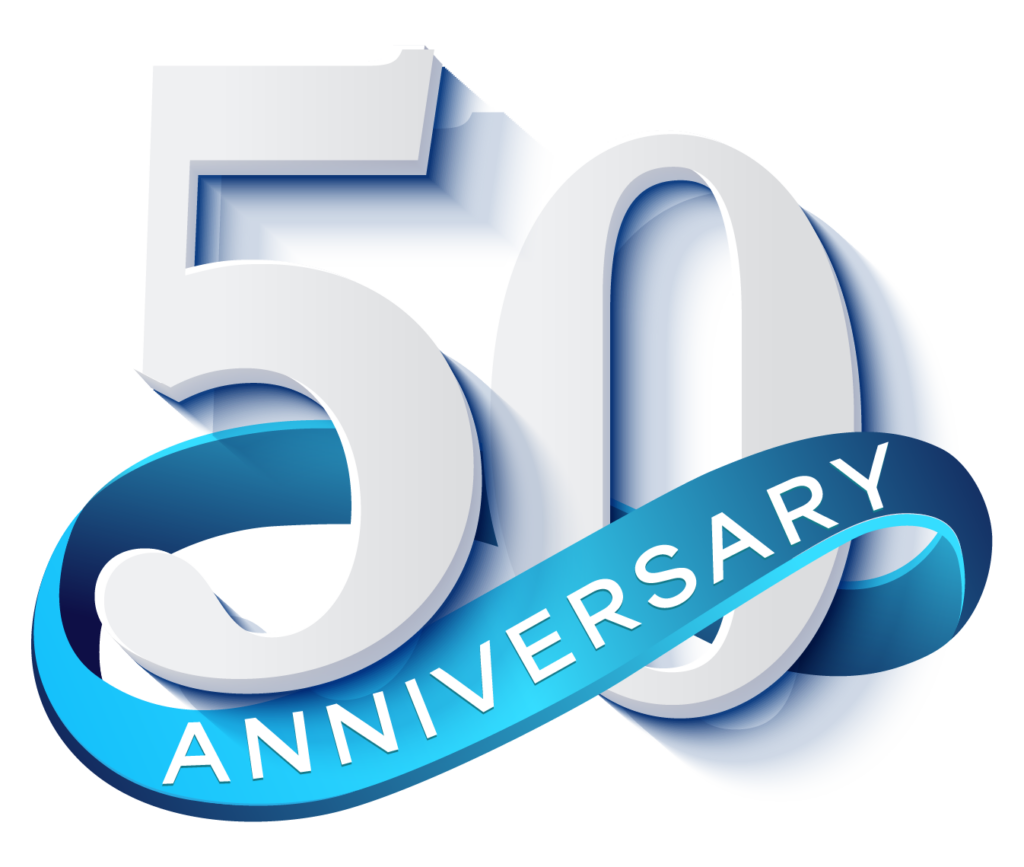Meet Sarah. She was once part of a team that was so dysfunctional, it was hard to even call them a team. They talked over each other, ignored each other’s ideas, and struggled to complete tasks on time. Sarah felt like giving up, but she knew deep down that if they could just communicate better, they could turn things around.
That’s when she stumbled upon the ultimate guide to building effective team communication. It wasn’t easy, but with dedication, hard work, and the right tools, Sarah and her team were able to overcome their communication barriers and become a truly effective team. Now, Sarah is a true believer in the power of building effective team communication and is passionate about helping other teams achieve the same success.
Importance of Effective Communication

Effective communication is the cornerstone of team building communication. It is the glue that holds teams together and allows them to work cohesively towards a common goal. When team members communicate effectively, they can share ideas, identify problems, and collaborate on solutions.
Effective communication also fosters trust and respect among team members, leading to increased motivation and productivity. On the other hand, poor communication can lead to misunderstandings, conflicts, and ultimately, the failure of the team to achieve its goals. Therefore, building effective team communication is crucial for the success of any team.
Building Trust in Team Dynamics
Trust is an essential element in team dynamics and is built through effective communication. When team members trust each other, they feel comfortable expressing their ideas, opinions, and concerns. This leads to a more collaborative and open environment where team members feel valued and heard. Building trust in team dynamics requires transparency, honesty, and mutual respect. Team leaders should encourage team members to share their ideas and provide opportunities for open communication. When team members feel that their ideas are being heard and considered, they are more likely to buy into the team’s goals and vision.
Expressing their ideas can help the team come to a better conclusion by allowing for different perspectives and solutions to be considered. This can lead to better decision-making and a more comprehensive understanding of the problem or task at hand. When team members feel comfortable expressing their ideas, they are more likely to take ownership of their work and contribute to the team’s success. Therefore, building trust through effective communication is critical for creating a productive and successful team.
Active Listening Techniques
Active listening is a crucial skill for effective team communication. It involves fully concentrating on what the speaker is saying, understanding their message, and responding appropriately. Active listening techniques can help team members to communicate more effectively, avoid misunderstandings, and build stronger relationships.
One active listening technique is to provide feedback, where the listener summarizes what they’ve heard to confirm their understanding. This can help the speaker feel heard and validated. Another technique is to ask questions to clarify information or seek further details. This can help avoid assumptions and misunderstandings.
Paraphrasing is also an effective active listening technique, where the listener restates the speaker’s message in their own words to demonstrate understanding. Reflection involves reflecting the speaker’s emotions to them, helping them feel understood and empathized with.
Additionally, it’s crucial to acknowledge that communication is a bilateral process and individuals possess distinct communication styles and preferences. Therefore, it is vital to familiarize ourselves with our own communication styles and also be aware of the communication styles of others.
Utilizing personality assessments, such as Personalysis, can be an effective means to gain insights into the diverse communication styles within your team or workforce. These assessments can offer valuable information on how to effectively cater to each person’s communication needs. Moreover, Personalysis aids in comprehending the link between communication and decision-making, a pivotal aspect of fostering high-performance and collaborative teams.
Non-verbal cues, such as maintaining eye contact, nodding, and providing positive body language, are also important active listening techniques. It shows the speaker that the listener is attentive and engaged. Avoiding distractions, such as phones or other devices, and maintaining a calm and focused demeanor can also help the listener demonstrate active listening skills.
Psychological safety is an important factor in the workplace, as it has a significant impact on communication and team dynamics. According to a study published in Frontiers in Psychology, psychological safety is defined as “a shared belief held by members of a team that the team is safe for interpersonal risk-taking”. It allows individuals to feel comfortable expressing their ideas without fear of judgment or criticism. When employees feel psychologically safe at work, they are more likely to engage in open dialogue and collaborate with each other. This leads to improved productivity and better decision-making processes.
Furthermore, when teams foster an environment of trust and respect through effective communication techniques such as active listening, it can lead to increased motivation among employees which can ultimately result in higher morale within the organization.
Using Feedback to Improve Communication
To use feedback to improve communication, team members should focus on specific behaviors or actions rather than making generalizations or judgments. For example, instead of saying, “You’re a bad communicator,” provide specific feedback on what the team member can improve, such as “I value everyone’s opinion on the topic and it is also important for me to be able to state my point of view without being interrupted.”
Feedback can also be used to identify and address communication barriers or issues. For example, if team members are consistently missing important information, feedback can be used to identify the cause and work towards a solution. Feedback can also be used to change the communication process itself if it’s not working effectively.
It’s essential to receive feedback with an open mind and a willingness to make changes. Team members should take feedback as an opportunity for growth and improvement and work collaboratively to find solutions. Furthermore, organizational leaders should ensure that employees feel safe and comfortable sharing and receiving feedback.
Understanding Nonverbal Cues
Nonverbal cues are the nonverbal signals that we use to communicate our thoughts, feelings, and emotions to others. They include facial expressions, tone of voice, body posture, gestures, and eye contact. Understanding nonverbal cues is an essential aspect of effective team-building communication.
Examples of nonverbal cues that can impact communication include facial expressions such as smiling, nodding, or frowning. Maintaining appropriate eye contact is also crucial to convey interest and engagement. Good body posture, such as standing or sitting up straight, can communicate confidence and professionalism, while slouching can convey disinterest or lack of confidence. Appropriate gestures can also be useful, such as using hand gestures to emphasize a point or to express enthusiasm.
To communicate more effectively using nonverbal cues, it’s essential to pay attention to both your own and others’ nonverbal cues. Team members should work to match their nonverbal cues with the message they’re conveying, ensuring consistency and clarity in their communication.
Working with professionals such as coaches or trainers can also be an effective way to improve communication skills and better understand nonverbal cues. These professionals can help identify areas for improvement and provide guidance on how to effectively use nonverbal cues to enhance communication within the team.
Virtual Communication Strategies
Virtual communication can be more difficult than in-person communication because it lacks many of the nonverbal cues that we rely on for effective communication. For example, it can be harder to pick up on facial expressions or body language in a virtual setting. Additionally, technical issues such as poor video or audio quality can further hinder communication.
To improve virtual communication, team members should focus on using technology to their advantage. For example, using video conferencing tools can help replicate some of the nonverbal cues that are lost in virtual communication. It’s also essential to establish clear communication guidelines and expectations, such as using a specific platform or tool for communication and setting guidelines for response times.
Virtual communication is particularly important to focus on because it can be harder to build trust and relationships in a virtual setting. Team members may feel more isolated or disconnected, leading to decreased engagement and collaboration. Focusing on effective virtual communication strategies can help build trust and foster better relationships, leading to better team dynamics and success.
Sustaining Strong Team Communication
Sustaining strong team communication requires following through on actionable steps and analyzing the results to identify areas for improvement. It’s not enough to simply identify areas for improvement and implement changes without regularly reviewing and analyzing the impact of those changes. This ongoing process of analysis and refinement is critical to maintaining effective team communication over the long term.
When identifying areas for improvement, it’s important to consider both people and systems as potential causes. For example, communication breakdowns may be caused by a lack of clear guidelines or processes, but they may also be caused by individuals who are not effectively communicating or listening. By analyzing the results of any changes implemented, it’s possible to identify whether the issue is with the people or the system and make appropriate adjustments.
It’s also important to regularly assess the effectiveness of communication processes and tools. This may involve seeking feedback from team members or conducting surveys to identify areas for improvement. By continuously reviewing and refining communication processes, team members can work together more effectively and efficiently.
Sustaining strong team communication also requires a commitment to ongoing learning and development. Team members should regularly seek opportunities to develop their communication skills and stay up to date on the latest tools and technologies that can support effective communication. This may involve attending training sessions or seeking mentorship from more experienced team members.
Dig Even Deeper With Personalysis
Effective team communication is essential for building strong relationships, fostering collaboration, and driving success. By understanding the importance of active listening, feedback, nonverbal cues, and virtual communication strategies, teams can overcome barriers to communication and build trust in their dynamics. Sustaining effective communication requires ongoing analysis, refinement, and learning to ensure that processes and tools remain effective and aligned with the needs of team members.
One powerful tool that can help teams dig even deeper into their communication dynamics is Personalysis. This innovative technology offers insights into personality and communication styles, allowing team members to better understand themselves and their colleagues. By using Personalysis, teams can improve communication, build stronger relationships, and drive success.
If you’re looking to improve your team’s communication and collaboration, explore our teamwork page and learn more about our team collaboration services. With the right tools and strategies, your team can overcome communication barriers and achieve great success.



